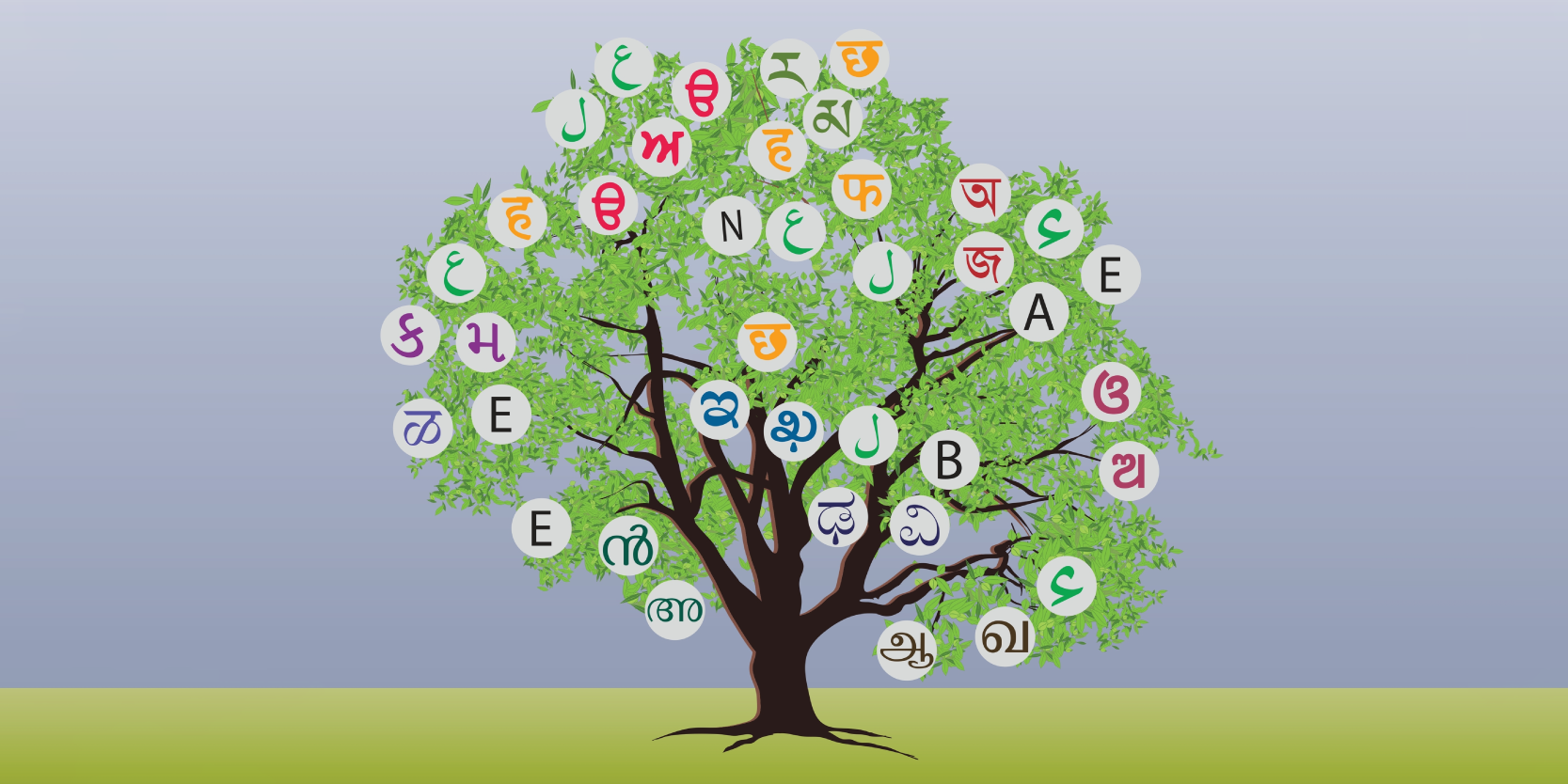
Forget the misconception that English is the primary language for a significant part of India’s population. While it is widely used in business and education, it is not the language of choice for everyday conversations, and merely 10% of Indians can speak English fluently. This leaves a huge gap in the market for people who crave apps that resonate with their language, heritage, humour, and way of life.
According to a CSA report, a staggering 72% of people prefer consuming content in their native tongues. This necessitates the need to tailor your app in a way that can cater to the linguistic needs of users and create more localised content.
Here are some compelling reasons behind the surge in localised content:
Addressing linguistic diversity
India has 22 official languages and over 6,000 dialects. Among these, there are 55 languages spoken by at least a million people each. This wide linguistic diversity highlights the importance of accommodating different language preferences in order to engage a larger audience.
Enhanced user engagement and retention
Localised content ensures cultural relevance, enabling users to connect more deeply with the content, which in turn drives higher engagement rates. When users find content in their native language, it resonates more profoundly with their cultural nuances and fosters a stronger emotional connection.
Accessible and inclusive approach
Making content available in local languages makes it accessible to a larger demographic. In this way, localisation encourages inclusivity by ensuring that people of various linguistic backgrounds feel represented and included in the digital space.

.thumbnailWrapper
width:6.62rem !important;
.alsoReadTitleImage
min-width: 81px !important;
min-height: 81px !important;
.alsoReadMainTitleText
font-size: 14px !important;
line-height: 20px !important;
.alsoReadHeadText
font-size: 24px !important;
line-height: 20px !important;

Changing consumer behaviour
Consumer behaviour in India is undergoing a significant transformation, notably leaning towards consuming content in regional languages. This departure from the conventional emphasis on English language content signals a shift towards a more diverse content landscape. Moreover, it’s crucial to recognise that users’ preferences in India vary across different regions. While technology serves as a facilitator, language plays a big role in driving penetration and scalability within these diverse markets.
Higher engagement and conversion rates
Studies have indicated that localised content leads to higher engagement rates as it caters directly to the preferences and interests of specific regions or language groups. Advertising campaigns and content localised in regional languages have consistently demonstrated significantly higher click-through and conversion rates, with localised campaigns outperforming their English counterparts.
Digital penetration in non-English speaking regions
The advent of affordable smartphones and internet accessibility has seen a surge in digital adoption in regions where English is not the primary language. This has created a substantial user base that prefers content in their local languages. In fact, 90% of internet users prefer to use their local language to search and carry out tasks online.
Business and market opportunities
For businesses and developers, focusing on localised content opens up untapped markets. Targeting regional languages allows them to tap into diverse consumer bases, leading to potential growth and increased market share. It also allows companies to establish stronger connections with customers, build brand loyalty, and gain a competitive edge in expanding markets.
As technology continues to evolve, it’s evident that language is the driving force behind greater penetration and scalability. Embracing this reality and tailoring apps to cater to local linguistic preferences will undoubtedly be the cornerstone of successful app development in the Indian market.
(Akash Dongre is the Co-founder and CPO of Indus Appstore, a native and Android-based mobile app store.)
Edited by Kanishk Singh
(Disclaimer: The views and opinions expressed in this article are those of the author and do not necessarily reflect the views of YourStory.)




![Read more about the article [Funding alert] Digital lender CASHe raises Rs 140 cr from Singapore-based TSLC](https://blog.digitalsevaa.com/wp-content/uploads/2022/01/Featureimages-newdeck14-1641300936494-300x150.png)





